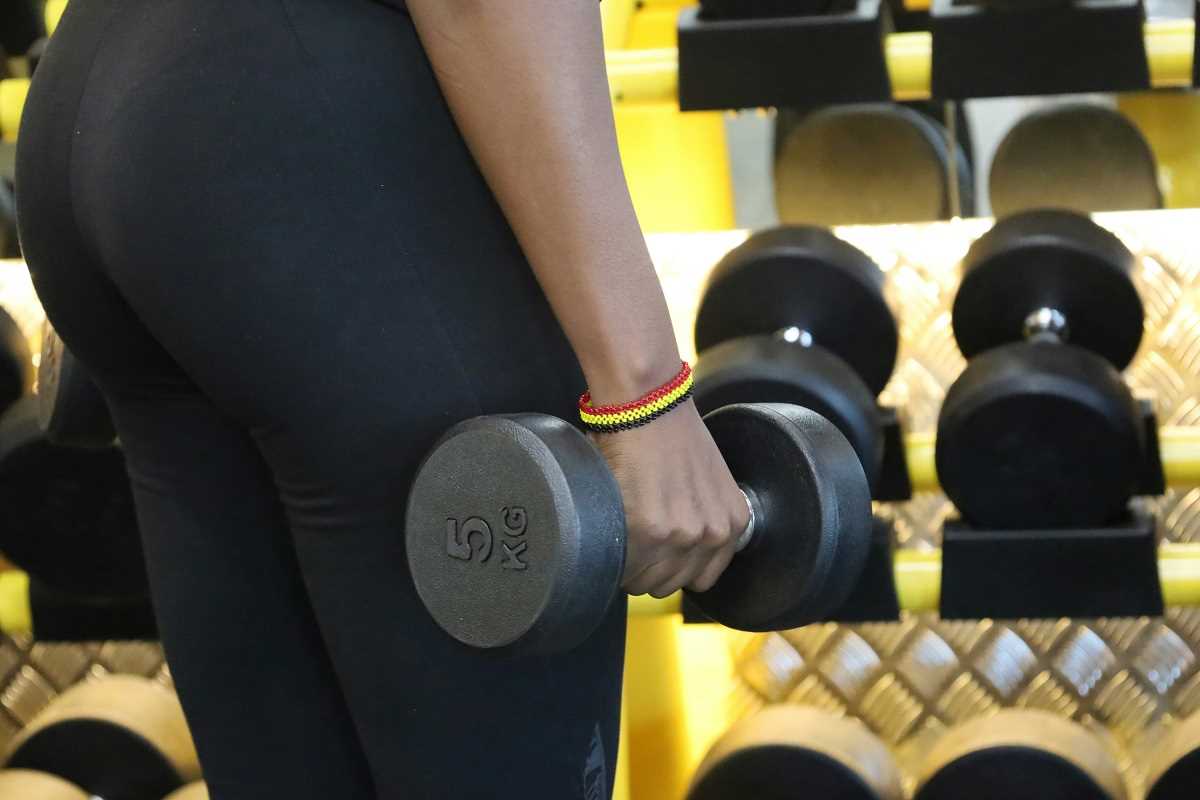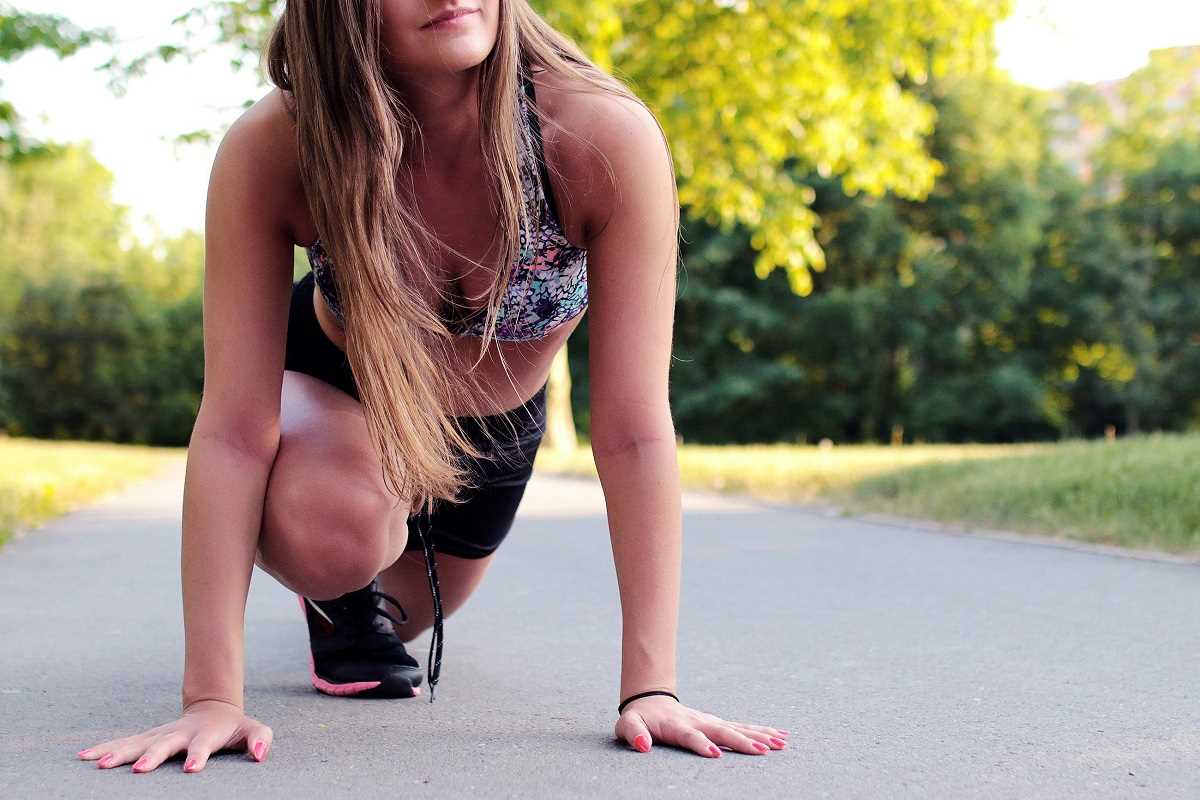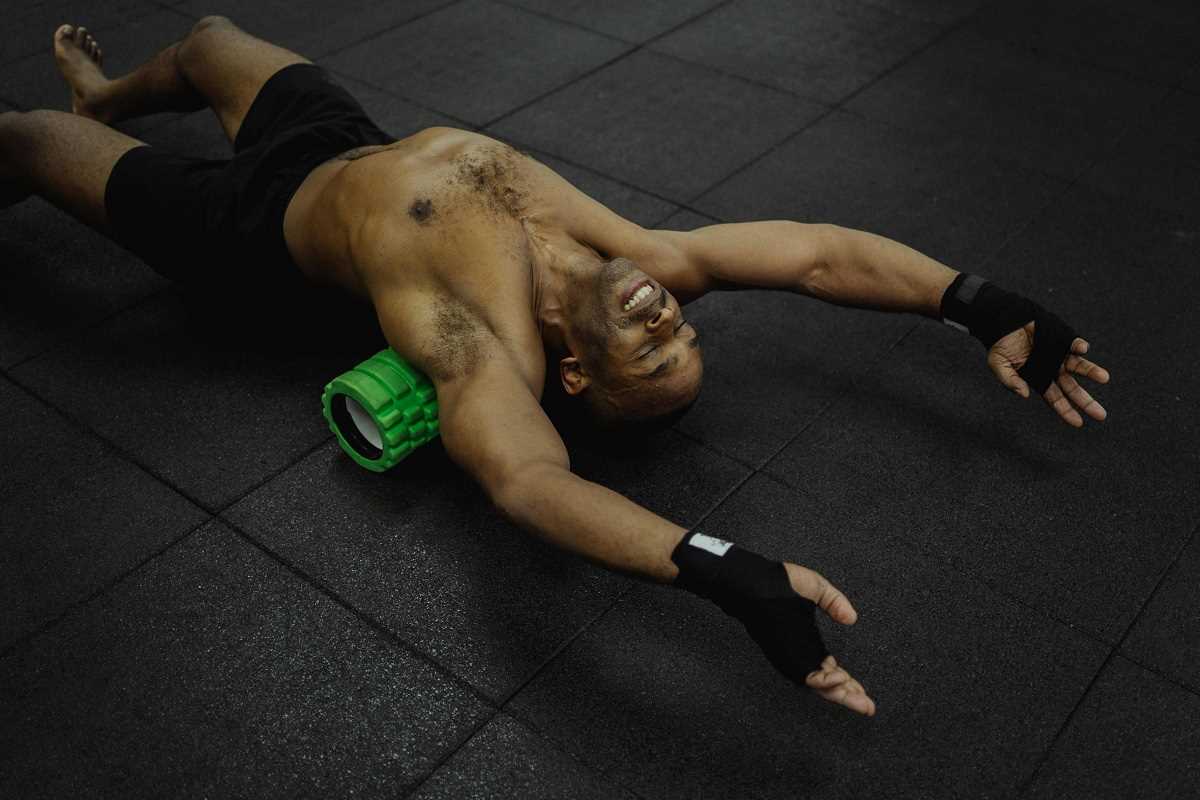The world of fitness is always moving, bringing fresh ideas and exciting technologies to help us get stronger, healthier, and more in tune with our bodies. As we look toward 2025, the trends are shaping up to be more personalized, tech-driven, and holistic than ever before. It’s no longer just about lifting weights or running on a treadmill; it's about creating a complete wellness ecosystem that fits your unique lifestyle. Get ready to explore the next wave of fitness, from immersive digital worlds to understanding your body on a biological level.
The Evolution of Virtual and Hybrid Fitness
Remember when home workouts meant following a dusty aerobics DVD? We’ve come a long way. The digital fitness boom has completely reshaped how we exercise, and in 2025, it’s getting even more sophisticated. Virtual Reality (VR) and Augmented Reality (AR) are leading the charge, turning workouts into engaging experiences.
Imagine putting on a VR headset and instead of seeing your living room, you’re boxing in a futuristic arena, cycling through the mountains of Switzerland, or joining a dance class with people from around the globe. VR fitness apps are becoming more advanced, offering realistic graphics and interactive gameplay that make you forget you're even exercising. Games like Supernatural and FitXR already have a strong following, and we can expect more developers to jump into this space with even more diverse and fun options. The gamification aspect—earning points, unlocking levels, and competing with friends—is a powerful motivator.
But it’s not all about escaping reality. Augmented Reality (AR) is bringing digital elements into our physical world. Think of an app that projects a virtual trainer right into your room, demonstrating perfect form for a squat or guiding you through a yoga flow. AR can provide real-time feedback on your movements through your phone's camera, correcting your posture and helping you prevent injuries. This blend of digital guidance and real-world action is what makes hybrid fitness so effective.
Hybrid gym memberships will also become the standard. These models give you the flexibility to work out at a physical gym when you crave community and equipment, but also offer a robust library of on-demand classes you can do from home. Life is unpredictable, and your fitness routine should be able to adapt.
Wearable Tech: Your Personal Health Analyst
Wearable technology has been around for a while, but the devices of 2025 are going far beyond simple step counting. The next generation of smartwatches, rings, and patches will function like a personal health analyst on your wrist. These devices are becoming packed with advanced sensors that can monitor a wide array of biometrics with incredible accuracy.
We're talking about things like:
- Continuous Glucose Monitoring (CGM): Once reserved for people with diabetes, non-invasive CGM sensors are becoming available to the general public. These devices track how your blood sugar levels respond to different foods and exercises, giving you direct insight into what fuels your body best and what causes energy crashes.
- Hydration Tracking: Dehydration can tank your performance and overall health. New wearables will be able to monitor your hydration levels through your skin, sending you reminders to drink water before you even feel thirsty.
- Advanced Sleep Metrics: We all know sleep is crucial for recovery. Future devices will provide a deeper analysis of your sleep cycles, including REM, deep, and light sleep, but also track things like body temperature fluctuations and breathing disturbances. This data helps you pinpoint exactly what’s affecting your sleep quality.
- Stress and Recovery Scores: Using metrics like heart rate variability (HRV), wearables can now give you a daily score that tells you how ready your body is to perform. A low score might suggest you need a lighter workout or a rest day, helping you avoid overtraining and burnout.
The goal of this technology is to provide you with actionable data. Instead of just seeing numbers, the associated apps will offer personalized recommendations. For example, "Your recovery is low today. Consider a 20-minute stretching session instead of a HIIT workout."
Biohacking: Optimizing Your Body from the Inside Out
"Biohacking" might sound like something from a science fiction movie, but it’s becoming a mainstream approach to wellness. At its core, biohacking is simply about making small, incremental changes to your diet, lifestyle, and environment to improve your health and performance. It’s about being the CEO of your own body.
In 2025, biohacking is becoming more accessible and data-driven. One of the biggest trends in this space is personalized nutrition based on your unique biology. Companies now offer at-home DNA and gut microbiome testing kits. You send in a sample, and a few weeks later, you receive a detailed report about your genetic predispositions and the state of your gut health.
This information can be revolutionary. Your DNA might reveal that you’re more sensitive to carbohydrates or that you have a higher need for certain vitamins. A gut health analysis can tell you which foods to eat to support a healthy microbiome, which is linked to everything from your immune system to your mood. Armed with this knowledge, you can tailor your diet to work with your body, not against it.
Beyond nutrition, other biohacking trends include:
- Red Light Therapy: This involves exposing your body to low levels of red and near-infrared light. Proponents claim it can help reduce inflammation, speed up muscle recovery, improve skin health, and even boost energy levels. We're seeing more gyms and wellness centers offering red light therapy beds, as well as affordable at-home panels.
- Cold Plunges: The practice of immersing yourself in ice-cold water is gaining massive popularity. While it’s certainly a shock to the system, research suggests it can reduce muscle soreness, decrease inflammation, and improve your mood by triggering the release of endorphins. Expect to see more "contrast therapy" studios offering both saunas and cold plunges.
- Mindful Movement: Biohacking isn’t just physical. It’s also about optimizing your mental state. Practices that connect the mind and body, like yoga, tai chi, and meditation, are being recognized for their profound impact on stress reduction and focus. Fitness in 2025 is as much about mental clarity as it is about physical strength.
The Rise of Low-Impact and Longevity-Focused Exercise
For a long time, the fitness world glorified high-intensity, "go hard or go home" workouts. While HIIT has its place, there's a growing awareness that this approach isn't sustainable for everyone. The focus is shifting toward longevity and lifelong wellness. People want to feel good and stay active for decades to come, not just crush a workout for an hour.
This has led to a surge in low-impact exercises that are gentle on the joints but still incredibly effective. Activities like Pilates, rowing, swimming, and functional strength training are taking center stage. Functional training, in particular, emphasizes movements that mimic everyday life—lifting, carrying, pushing, and pulling. The goal is to build practical strength that helps you move through your day with ease and prevent injury.
Mobility and recovery are now seen as essential components of any fitness routine, not just an afterthought. Dedicated stretching classes, foam rolling workshops, and mobility apps are becoming standard offerings. People are realizing that flexibility and a full range of motion are just as important as cardiovascular endurance or muscular strength. This holistic approach ensures your body remains resilient, balanced, and ready for whatever life throws at it, well into your golden years. Fitness is no longer a sprint; it’s a marathon designed to last a lifetime.
 (Image via
(Image via





